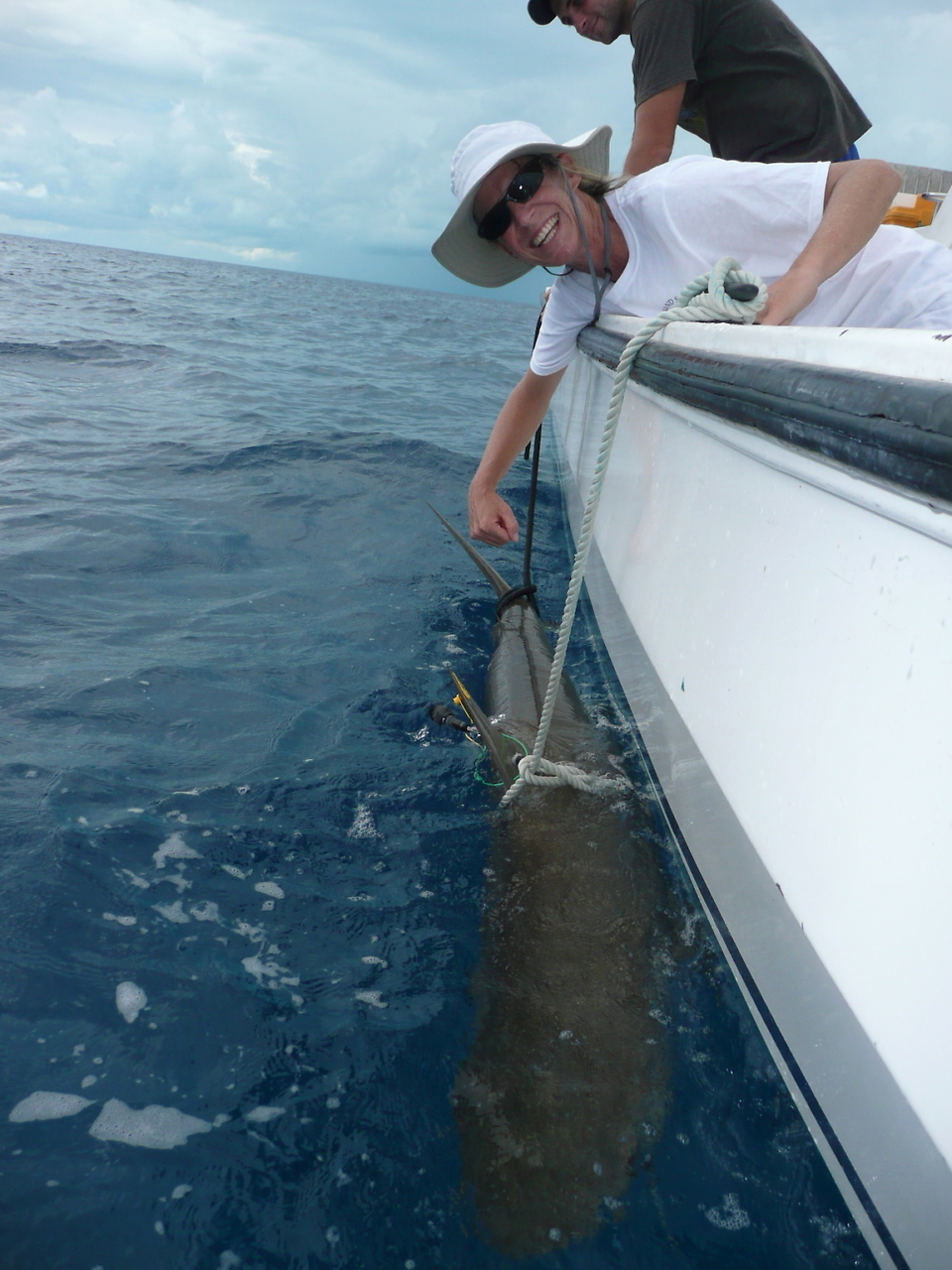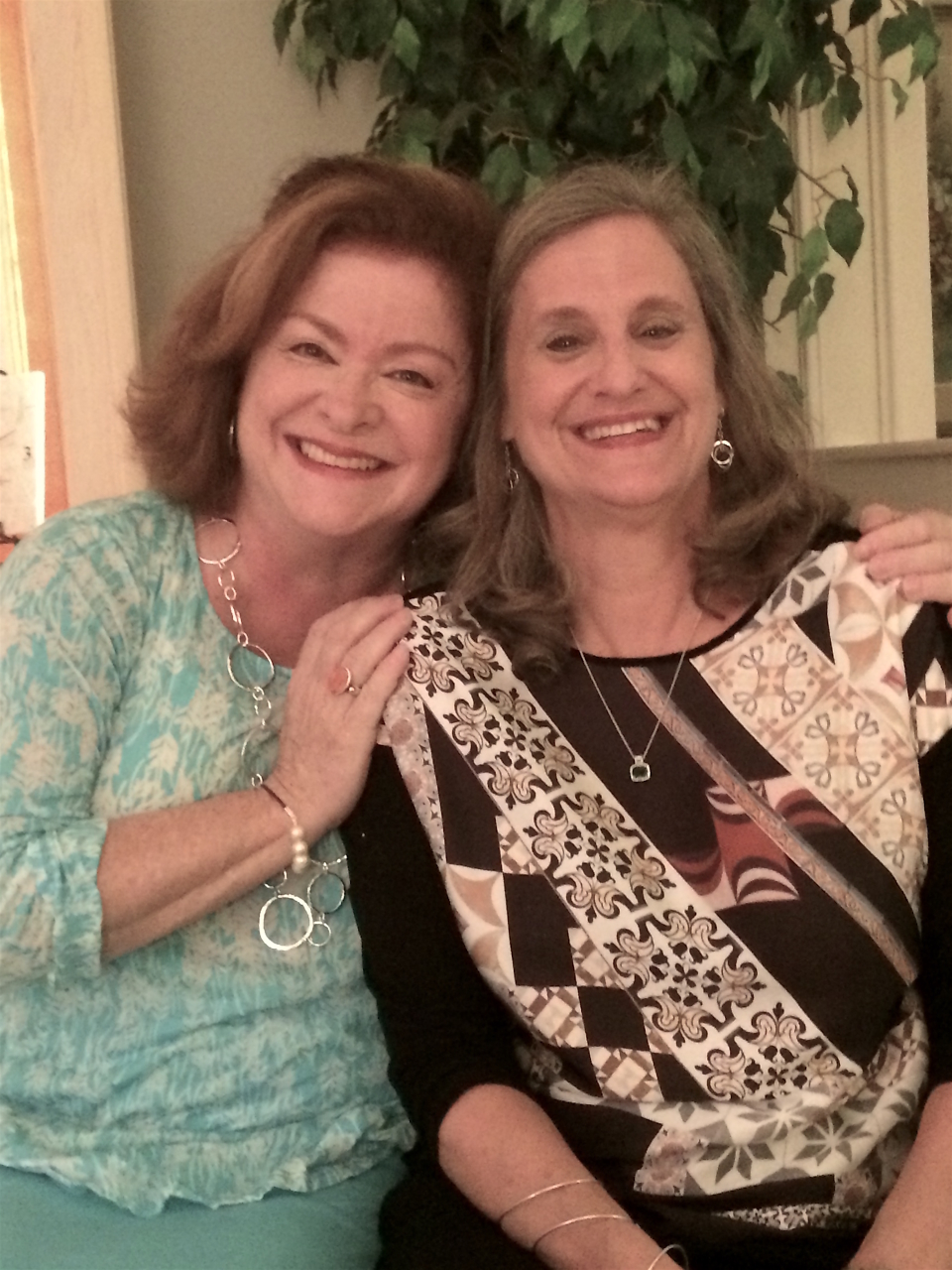Brushing the Divine
For novelist Amy Greene, a haunted town hidden on the Cumberland Plateau is the perfect place to write
FROM THE CHAPTER 16 ARCHIVE: This essay originally appeared on April 6, 2015.
***
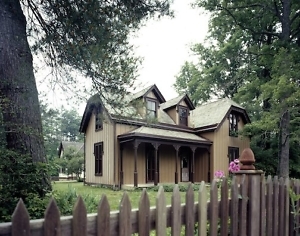
I first visited Historic Rugby last September, when I was invited to read from my second novel, Long Man, as part of their annual writer series. From the moment I stepped out of the car I was bewitched by this Gothic village hidden among the hills of Tennessee’s Cumberland Plateau, rimmed by sandstone bluffs and surrounded by mountains, honeycombed with caves and forested with hardwoods. It was late summer but I could smell autumn. The first leaves had begun to fall in flurries. The roadside trees molted into the fields. Fog was settling in the hollows. Rugby is foggy morning and evening, whether it rains or not. The mist drifts high. The Victorian houses set back in the trees disappear. Walking the dirt and gravel paths, I came upon clouds hanging over ponds and graveyards, conjuring images of headless horsemen.
Historic Rugby has been called the most haunted town in America. During my stay at Newbury House, a bed-and-breakfast that has welcomed travelers since the village was founded in 1880, I experienced more than one unexplained incident. It’s easy to believe in ghosts in Rugby, where the sense of history is palpable. The village was established by the writer Thomas Hughes, whose mother was a friend of Charles Dickens. As a boy growing up in Oxfordshire in the 1830s, while attending Rugby School, Hughes was influenced by the progressive teachings of his headmaster, Thomas Arnold. Hughes’s 1857 novel, Tom Brown’s School Days, was inspired by the Christian socialist ideals he’d learned under Arnold.
So was the name of the colony he eventually crossed the ocean to establish in the idyllic mountains of Tennessee. Hughes envisioned a utopian colony where the “second sons” of the English gentry could escape the limitations of primogeniture, which held that only the eldest son could inherit family land, as well as the economic depression of their mother country.
 As it turned out, the pampered sons of the English gentry didn’t fare too well in our hardscrabble mountains. They weren’t accustomed to the backbreaking labor it took to raise crops from the rocky soil of the Cumberland Plateau. Then, in 1881, the struggling colony was struck with a typhoid epidemic. By 1887, most of the colonists had either died or given up and gone back home. While the village was later resurrected and preserved as a historic district by the National Register of Historic Places, it’s those first colonists, those second sons, whose legacies, if not their ghosts, seem to haunt Rugby.
As it turned out, the pampered sons of the English gentry didn’t fare too well in our hardscrabble mountains. They weren’t accustomed to the backbreaking labor it took to raise crops from the rocky soil of the Cumberland Plateau. Then, in 1881, the struggling colony was struck with a typhoid epidemic. By 1887, most of the colonists had either died or given up and gone back home. While the village was later resurrected and preserved as a historic district by the National Register of Historic Places, it’s those first colonists, those second sons, whose legacies, if not their ghosts, seem to haunt Rugby.
Exploring the town you see what they built. Christ Church with its Gothic spire nestled in a copse of woods, its reed organ one of the oldest in the country. Kingstone Lisle, Hughes’s Queen Anne summer cottage, where I sat at his massive desk and tried to soak up the residue of his presence. Rugby Printing Works, where I was able to read one of the village’s original newspapers. The Thomas Hughes Library, Rugby’s most unchanged Victorian structure, where I donned white gloves and turned the yellowed leaves of some of its 7,000 pristine volumes, the earliest dating back to the 1600s. And Laurel Dale Cemetery, where Hughes’s mother, Margaret, is buried alongside those 1881 typhoid victims, their bones lying thousands of miles from where they were born.
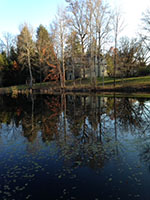 Having grown up on an ancestral farm in East Tennessee, surrounded by hills pierced with arrowheads, descended from Scots-Irish dissenters who fled oppression to make their own rules in this forbidding but beautiful landscape, I know what it means to take off your shoes and feel the soil that courageous men and women died to settle seeping up between your toes.
Having grown up on an ancestral farm in East Tennessee, surrounded by hills pierced with arrowheads, descended from Scots-Irish dissenters who fled oppression to make their own rules in this forbidding but beautiful landscape, I know what it means to take off your shoes and feel the soil that courageous men and women died to settle seeping up between your toes.
I have a friend who says she doesn’t believe that heaven is above and hell below. She thinks they’re to the right and the left of us. She may have been the one who first told me about thin places, where the distance between heaven and earth collapses and we can catch glimpses of the infinite. The Celts believed heaven and earth are three feet apart but even shorter in these thin places. Are such locations where we’re able to brush up against the divine? Sometimes writing feels to me like a brush with the divine. Maybe that’s why places like Rugby call out to those of us who write, putting stories into our heads and almost demanding that we set them down on paper.
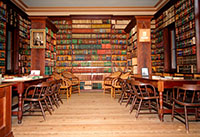 The morning after my reading in Rugby, as I sat in my comfortable bed at Newbury House watching the fog roll like smoke by the wavy panes of my upper window, I felt moved to get up and go to the pond. The wrought-iron chairs of the gazebo beside the shore were wrapped in strands of spider web, fine and wet. I thought I saw the head and neck of a blue heron in the misty rushes and sat as still as I could. A breeze came blowing it seemed from all directions at once. Wind walks on water in Rugby, sending footprints across the pond into the cattails. Overnight the leaves had turned more colors, flaming siennas and ochers and carmines. I contemplated the One who painted them.
The morning after my reading in Rugby, as I sat in my comfortable bed at Newbury House watching the fog roll like smoke by the wavy panes of my upper window, I felt moved to get up and go to the pond. The wrought-iron chairs of the gazebo beside the shore were wrapped in strands of spider web, fine and wet. I thought I saw the head and neck of a blue heron in the misty rushes and sat as still as I could. A breeze came blowing it seemed from all directions at once. Wind walks on water in Rugby, sending footprints across the pond into the cattails. Overnight the leaves had turned more colors, flaming siennas and ochers and carmines. I contemplated the One who painted them.
Later, on a walking tour of the town, I felt that same sense of holiness inside Rugby’s Thomas Hughes Library. I stood among its history-rich shelves and said out loud, “I want to write here.” I didn’t just mean the library. I meant the whole village. I wanted to lie under the churchyard trees with my notebook. I wanted to sit in the gazebo by the pond or on the stone graveyard wall and see what spirit would move my pen. I wanted to recreate on paper the scents of mist and woods and water, to get the color of the cloud-streaked sky over the schoolhouse bell just right.
In June I’m heading back.

Copyright (c) 2015 by Amy Greene. All rights reserved. Amy Greene was born and raised in the foothills of the Smoky Mountains, where she lives with her husband and two children. She is the New York Times bestselling author of two novels, Bloodroot (Knopf, 2010) and Long Man (Knopf, 2014). She will lead a writers’ retreat in Historic Rugby June 17-20, 2015. For more information, click here.

